The US Anti-Drone Market is gaining significant traction due to the increasing prevalence of unmanned aerial vehicles and their potential misuse in various sectors, including military, commercial, and security applications. Competitive insights into this market highlight that key players are focusing on innovative technologies, extensive research and development, and strategic partnerships to enhance their capabilities and market positions. With the growing demand for drone detection and mitigation solutions, many firms are investing in advanced systems that address both electronic warfare and physical countermeasures.
The competitive landscape is characterized by dynamic offerings, where companies strive to meet diverse customer needs with effective and reliable anti-drone solutions, driving ongoing advancements in this niche market.Raytheon Technologies stands as a formidable player in the US Anti-Drone Market, leveraging its extensive expertise in defense technology and systems integration. With its robust portfolio of anti-drone solutions, Raytheon Technologies has established itself as a leader, providing advanced detection, tracking, and neutralization systems tailored for military and homeland security applications. The company excels in integrating its products with existing defense infrastructure and offers comprehensive support through its lifecycle management services.
Furthermore, Raytheon Technologies benefits from strong governmental partnerships, substantial investment in research initiatives, and a solid reputation for delivering high-quality, reliable systems that bolster national security.General Atomics has a notable presence in the US Anti-Drone Market, recognized for its development and deployment of cutting-edge drone technology and counter-drone measures. The company specializes in sensor systems and advanced technology platforms designed to detect and mitigate unauthorized drones effectively. Its product offerings, which often include advanced radar systems and electronic warfare capabilities, cater to both military and commercial sectors.
General Atomics has strengthened its market position through strategic mergers and acquisitions, allowing for the integration of complementary technologies and fortifying its expertise in the anti-drone domain. The company's strengths lie in its innovation-focused culture, commitment to robust research and development, and the ability to adapt to emerging threats, thus ensuring the delivery of state-of-the-art solutions to address evolving challenges in the US Anti-Drone Market.





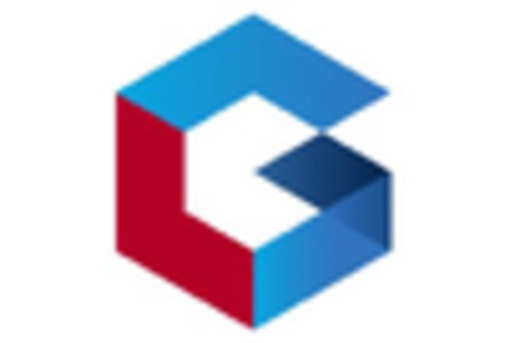
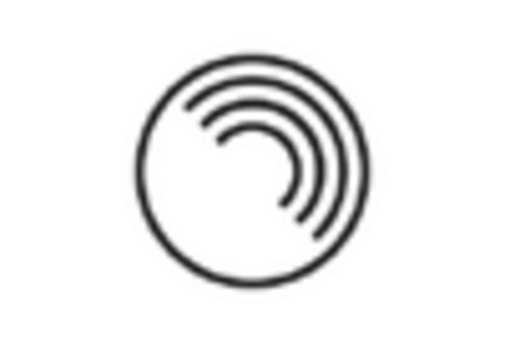

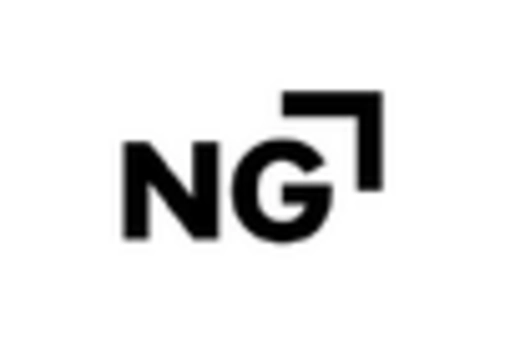
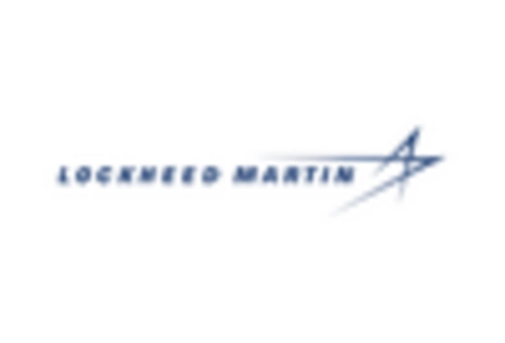
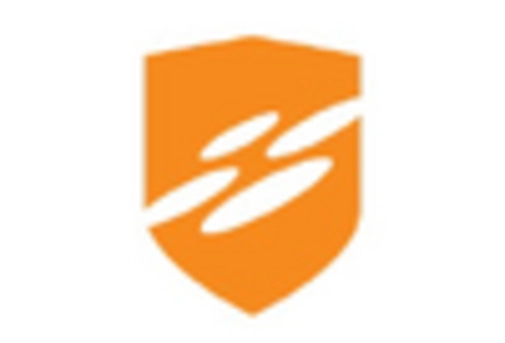


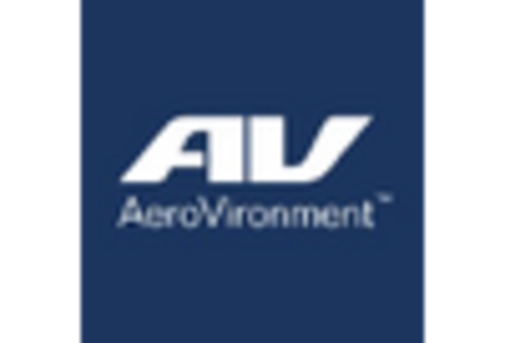








Leave a Comment